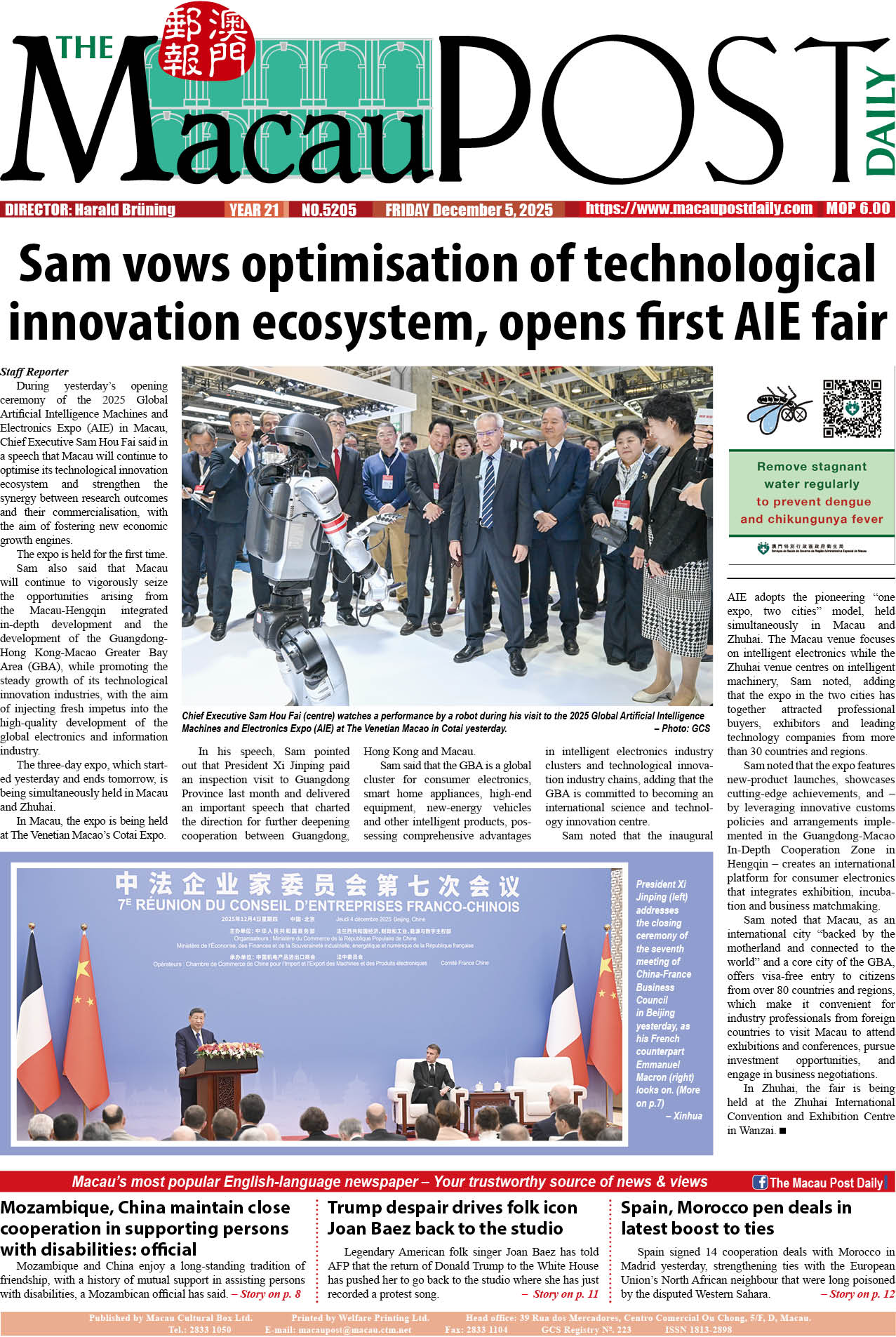China Daily Editorial
In 2021, Australia’s decision to join the United States and the United Kingdom to form the trilateral security alliance AUKUS triggered domestic and international concern about an accelerating arms race in the region and its consequences.
This concern intensified when the three countries announced their agreement for Australia to acquire nuclear-powered submarines with the help of its two alliance partners.
Now, the country has exacerbated the concern by announcing its intention to increase its missile defense and long-range strike capabilities.
In a speech on Wednesday, Australia’s Minister for Defense Industry Pat Conroy said Canberra would invest up to A$18 billion (US$12 billion) to boost its manufacturing of missiles, including making advanced guided missile systems in the country for the first time. The Australian defense industry chief justified the move by saying that strategic competition between the US and China has become a primary feature of Australia’s security environment. In other words, as a close US ally, Australia is obliged to help its ally win this competition.
Hence, to serve as a faithful US ally, Australia has to pay the US so it can arm itself to the teeth. While shelling out a huge amount to get at least eight nuclear-powered attack submarines from its AUKUS partners, the country is also bolstering its air and missile defense capabilities under a A$7 billion deal with the US to acquire state-of-the-art long-range missiles.
As a country that comfortably sits tens of thousands of miles away from all the major global and regional hot spots, the acquisition of nuclear-powered subs and long-range missiles is beyond the country’s defensive needs. This has called into question the purpose of AUKUS’ and Australia’s role in the grouping, which is displaying an increasingly aggressive character.
To make Australia’s missile case stronger, Conroy cited China’s test firing of an Intercontinental Ballistic Missile in September, claiming that the “Indo-Pacific” region was on the cusp of a new missile age, where missiles are also “tools of coercion”.
China’s Defense Ministry made it clear at the time that the ICBM test was part of its routine annual training and not directed at any country or target, and that relevant countries had been notified in advance. A Pentagon spokesperson confirmed this, saying that the US had received “some advanced notification” of the test from Beijing, and calling it “a step in the right direction … to preventing any misperception or miscalculation”.
Rather than China’s testing of the performance of its defense equipment as well as the training level of the troops in the face of growing hostility toward it, it is Australia’s seeming eagerness to be part of the ring of steel that the US is trying to enclose China in that is accelerating the advent of a missile age in the region.
In recent years, it has become a routine practice for the US and its allies to constantly hype up a false narrative about China’s so-called growing assertiveness in the Asia-Pacific region so as to give a plausible excuse for their military expenditure and bloc confrontation initiatives.
In August, the Lowy Institute, an Australia-based think tank, citing “challenges” from China, highlighted that the Pacific Islands’ region is facing challenges due to “unbridled strategic rivalry” in a report titled “The Great Game in the Pacific Islands”.
The US’ blind pursuit of Western military supremacy to maintain its hegemony is making the regional situation increasingly volatile.
Whatever Canberra may think to the contrary, absolute security and exclusive security are simply not viable in today’s interconnected world. This is evidenced by the conflicts in Ukraine and in the Middle East, which have been triggered by the US’ wholehearted embrace of this outdated security mindset and manipulation of other countries willing to subscribe to its “them or us” viewpoint.
Rather than continuing to wade into dangerous waters, Canberra should reflect on the fact that it is the US and its allies that are responsible for creating the “unbridled strategic rivalry” in the Asia-Pacific region as part of their efforts to curtail China’s development momentum.
– Courtesy of China Daily







